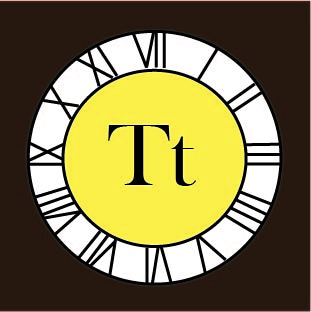Over the year’s typography has changed dramatically to how we know it now. From cave paintings to contemporary typography, this blog post will look back to the very beginning…
It all started with ancient cave paintings that have been discovered to have been created around 20,000 B.C which is believed to be the first form of communication on earth. With drawings etched upon cave walls as the only way of communication it wasn’t until around 3100 BC that Egyptian hieroglyphics were introduced which included both symbols and ideograms that were integrated into art, architecture and writings.
A real turning point for typography and communication was 1600 BC when the Phoenicians created phonograms and symbols to represent spoken words which we still use today, an example; we use % for percentage and # for number. However, it wasn’t until about 600 years later that the Phoenicians introduced the alphabet, this was then continued to be used by the Greeks. The word ‘alphabet’ is made up of the first two Greek letters, Alpha and Beta.

The Romans continued to use the alphabet but were known for their development of different styles of lettering as well as refining the art of handwriting. During that time period the people were very interested in reading and so developed a font known as ‘black letter’ or fractures which was a very heavy angular letter shapes which took up less space on the pages allowing for more words to fit on a page. In time the Romans also set about introducing a variety of different scripts that could be used for both formal and informal occasions.
As you can tell the beginning like with any good story is very important, without the cave men, Egyptians, Phoenicians and the Romans both symbols and lettering would not have existed.
